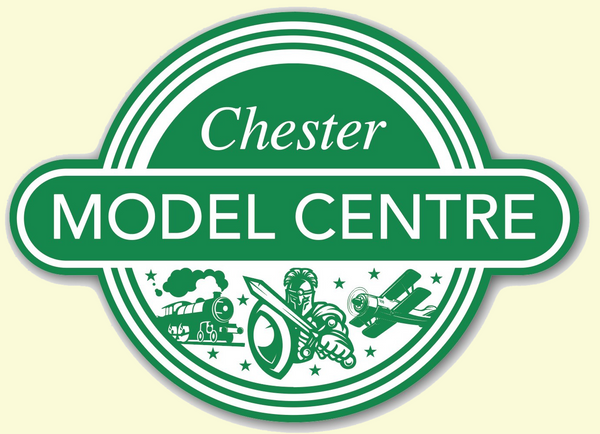Bachmann 35-412 Class 47/7 47712 'Lady Diana Spencer' BR ScotRail
Bachmann 35-412 Class 47/7 47712 'Lady Diana Spencer' BR ScotRail
Bachmann
Couldn't load pickup availability
Bachmann 35-412 Class 47/7 47712 'Lady Diana Spencer' BR ScotRail
DETAIL VARIATIONS SPECIFIC TO THIS MODEL
- Plated Headcode Panel at No. 1 End and Sealed Beam Marker Lights at No. 2 End
- Single Bufferbeam Bracket denoting a Brush-built Machine
- Cab-Front-mounted ETH Equipment
- Scottish Jumper Cables
- Single Arm Windscreen Wipers
- High Intensity Headlights
- Round Buffers
- Kickplate below Cab Door
- Full Cab Roof Vents
- Serck Radiator Grilles
- Ribbed Exhaust Panels
- Blanked Roof Boiler Port
- Later Extended Range Fuel Tanks
- Battery Box Cooling Pipes
- Plated Bogie-mounted Cab Steps
- Slow Speed Speedo Drive (fitted at the No. 2 End)
MECHANISM:
- Five pole, twin shaft motor with two flywheels providing drive to both bogies
- All axle drive
- Electrical pickup from all wheels
- Separate metal bearings fitted to each axle
- Diecast metal chassis block and bogie towers
- Diecast metal gearboxes, with gearing arranged for prototypical running speeds and haulage capabilities
- 16.5mm (OO gauge) wheels to NEM310 & NEM311 standards with authentic profile and detailing
- Detachable coupling pockets to NEM362 standards fitted to each bogie
- Designed to operate on curves of second radius (438mm) or greater.
CLASS 47 HISTORY
Towards the end of the 1950s, British Railways began planning a new fleet of diesel locomotives and after investigating several prototypes, BR decided to place an order with Brush Engineering for 20 locomotives during February 1961. The resulting design became the iconic Brush Type 4 Diesel locomotive, a practical, versatile design with a very distinctive cab. Powered with a Sulzer engine and initially rated at 2,750hp, the locomotive could achieve a top speed of 75mph with a tractive effort of 55,000lb. Building commenced in January 1962 and the first locomotive No. D1500 appeared in late September of the same year with test runs on the London Midland Region and Western Region. The design was a success and BR went on to order a total of 512 with continuous production through to early 1967, forming the largest single class of main-line diesel locomotives in the UK.
During this time and subsequent years, several variations appeared with an increase in speed and tractive effort to 95mph and 62,000lb respectively. Originally fitted with four character train reporting head-codes, these changed to marker lights, with the addition of high intensity lights and roof aerials in the late 1980s. Other variations involved the fitting of different types of steam heating boiler for early BR coaching stock, later replaced with electric train heating for use with modern rolling stock. The numbering system started with four figures but changed to five with the introduction of the TOPS coding system which saw the locomotives classified as Class 47 Diesels with variations such as 47/0, 47/2, 47/3, 47/4 and 47/7. By the end of the 1990s, half of the Class 47 fleet had been withdrawn or scrapped, 33 have been converted into Class 57 locomotives and several have been preserved, including the original No. D1500, now numbered 47401.


